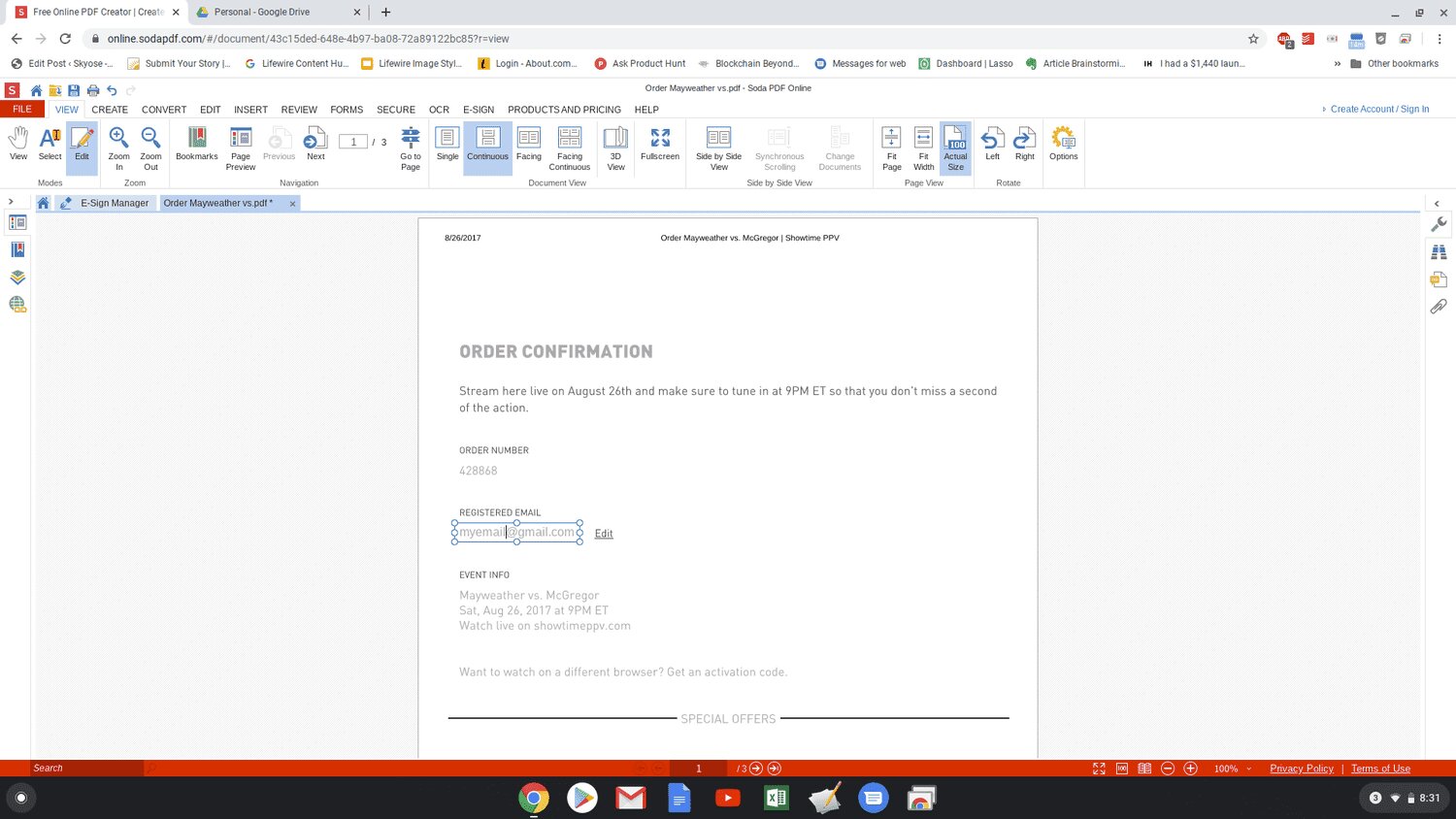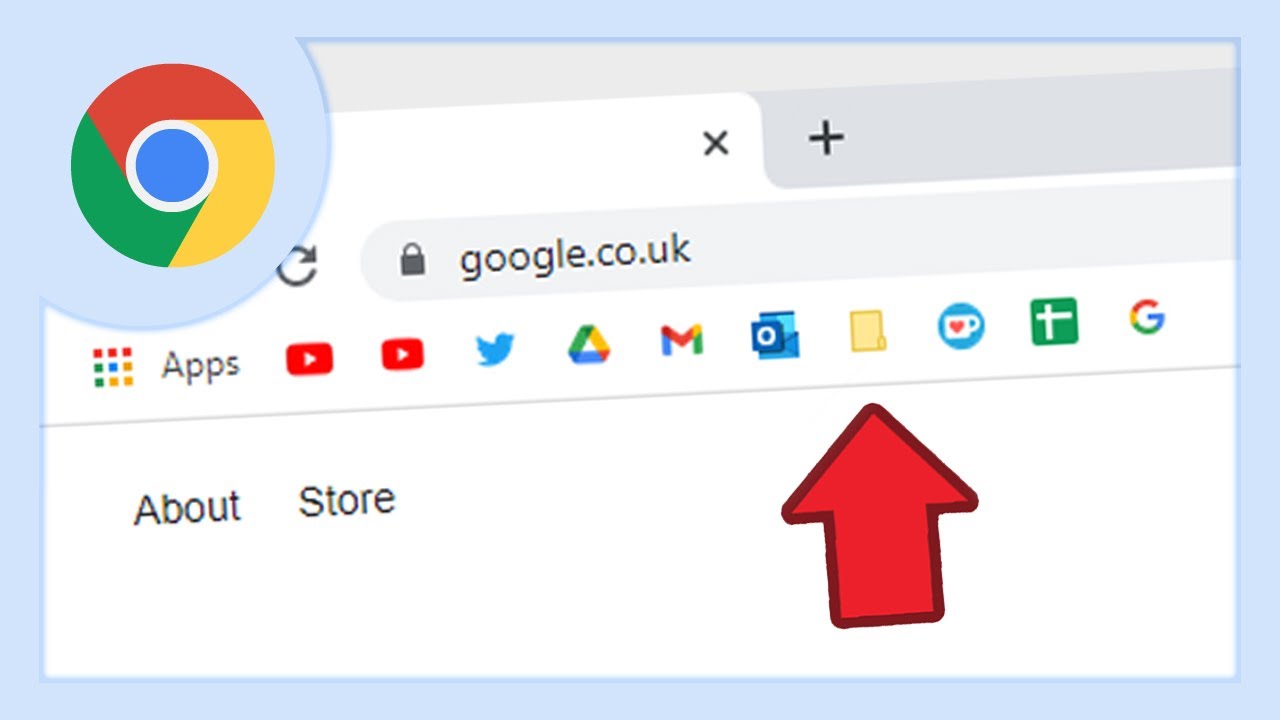Introduction
When browsing the vast expanse of the internet, it's not uncommon to find yourself on a webpage with an overwhelming amount of text. Whether you're researching a topic, reading an article, or simply trying to find a specific piece of information, the ability to quickly locate and highlight specific words or phrases can be incredibly useful. Fortunately, Google Chrome, one of the most popular web browsers, offers several convenient methods for searching a page for text.
In this article, we'll explore various techniques for finding text within a webpage using Google Chrome. From the traditional "Find" feature to keyboard shortcuts and the omnibox, we'll cover a range of methods that cater to different preferences and browsing habits. By the end of this guide, you'll have a comprehensive understanding of how to efficiently search for text within a page, empowering you to navigate the web with ease and precision.
Let's dive into the world of text searching in Chrome and uncover the diverse tools and shortcuts that can streamline your browsing experience. Whether you're a casual internet user or a seasoned researcher, mastering these techniques will undoubtedly enhance your productivity and make your online journey more enjoyable.
Using the Find Feature
One of the most straightforward and effective methods for searching a page for specific text in Google Chrome is by utilizing the built-in "Find" feature. This feature allows users to quickly locate and highlight instances of a particular word or phrase within the current webpage.
To access the "Find" feature, you can simply press "Ctrl + F" on your keyboard (or "Cmd + F" on Mac). Alternatively, you can navigate to the Chrome menu (the three vertical dots in the top-right corner of the browser window), select "Find", and then enter the desired search term. Upon initiating the search, Chrome will highlight all occurrences of the specified text on the page, making it easy to identify and navigate to each instance.
The "Find" feature also provides additional functionality, such as the ability to match case sensitivity and search for whole words only. This level of customization ensures that users can fine-tune their search parameters to precisely pinpoint the information they're seeking.
Furthermore, the "Find" feature in Chrome includes a counter that displays the total number of matches found, along with a navigation bar that allows users to effortlessly move between instances of the searched text. This intuitive interface enhances the overall user experience, particularly when dealing with lengthy webpages or documents.
In addition to its standard functionality, the "Find" feature in Chrome supports keyboard shortcuts for seamless navigation. Once the search is initiated, pressing "Enter" on the keyboard will cycle through each instance of the searched text, while pressing "Esc" will exit the search mode, returning the focus to the webpage content.
Overall, the "Find" feature in Google Chrome provides a user-friendly and efficient way to search for text within a webpage. Its intuitive interface, customizable search options, and support for keyboard shortcuts make it a valuable tool for users who frequently engage in online research, content consumption, or information retrieval.
By mastering the "Find" feature, users can harness the power of Chrome's built-in search capabilities, enabling them to swiftly locate and highlight specific text on any webpage, thereby enhancing their browsing experience and productivity.
Using Keyboard Shortcuts
In the realm of web browsing, efficiency and convenience are paramount. Google Chrome, a leading web browser, offers a range of keyboard shortcuts that empower users to navigate and interact with web content seamlessly. When it comes to searching for specific text within a webpage, leveraging keyboard shortcuts can significantly streamline the process, allowing users to swiftly locate and highlight desired information.
To initiate a text search using keyboard shortcuts in Google Chrome, users can simply press "Ctrl + F" on a Windows or Linux system, or "Cmd + F" on a Mac. This intuitive combination instantly activates the built-in "Find" feature, presenting a search bar where users can input their desired search term. This straightforward shortcut eliminates the need to navigate through menus or interface elements, providing a direct and efficient method for initiating a text search within the current webpage.
Once the search bar is active, users can enter the specific word or phrase they wish to locate on the page. Chrome will then highlight all instances of the searched text, making it easy to visually identify and navigate to each occurrence. This streamlined process enables users to quickly pinpoint relevant information without interrupting their browsing flow, ultimately enhancing their overall web experience.
Furthermore, Chrome's support for keyboard shortcuts extends beyond the initial activation of the "Find" feature. Once the search is underway, users can navigate through the highlighted instances of the searched text using additional keyboard shortcuts. Pressing "Enter" on the keyboard allows users to cycle through each occurrence, effectively moving through the page to review and locate the desired information. Conversely, pressing "Esc" exits the search mode, seamlessly returning the user's focus to the webpage content.
The integration of keyboard shortcuts for text searching in Google Chrome underscores the browser's commitment to user accessibility and productivity. By providing a quick and intuitive method for initiating and navigating text searches, Chrome empowers users to efficiently engage with web content, whether they are conducting research, reading articles, or seeking specific information within a webpage.
In essence, the utilization of keyboard shortcuts for text searching in Google Chrome exemplifies the browser's dedication to enhancing user experience and workflow efficiency. By mastering these shortcuts, users can effortlessly search for and locate specific text within webpages, ultimately optimizing their browsing experience and productivity.
Using the Context Menu
In addition to the built-in "Find" feature and keyboard shortcuts, Google Chrome offers another convenient method for searching a page for specific text: utilizing the context menu. The context menu, accessible by right-clicking anywhere on a webpage, provides a range of useful options, including the ability to initiate a text search without the need for keyboard shortcuts or menu navigation.
To begin a text search using the context menu in Google Chrome, users can simply right-click on the webpage where they wish to search for specific text. Upon right-clicking, a menu will appear, presenting various options for interacting with the webpage content. Among these options is "Find", which, when selected, activates the built-in text search functionality within Chrome.
By choosing the "Find" option from the context menu, users can input their desired search term into the provided search bar. Once the search term is entered, Chrome will highlight all instances of the specified text on the page, making it easy for users to visually identify and navigate to each occurrence. This seamless process eliminates the need for manual navigation through menus or interface elements, providing a straightforward and efficient means of initiating a text search within the current webpage.
Furthermore, the context menu in Google Chrome offers additional functionality that complements the text search process. Users can customize their search parameters by selecting options such as "Match case" and "Match whole word", allowing for precise and tailored text searches based on specific criteria. This level of customization ensures that users can refine their search to accurately pinpoint the information they seek within the webpage content.
The integration of the context menu as a method for searching for text within a webpage underscores Chrome's commitment to user accessibility and convenience. By providing a straightforward and intuitive approach to initiating text searches, the context menu empowers users to efficiently navigate and interact with web content, enhancing their overall browsing experience.
In essence, the utilization of the context menu for text searching in Google Chrome exemplifies the browser's dedication to providing diverse and user-friendly tools for engaging with web content. By leveraging the context menu, users can seamlessly search for and locate specific text within webpages, further optimizing their browsing experience and productivity.
Using the Omnibox
The omnibox, a prominent feature in Google Chrome, serves as a multifaceted tool that combines the functionality of a traditional address bar with powerful search capabilities. While it is commonly utilized for entering website addresses and conducting web searches, the omnibox also offers a convenient method for searching a page for specific text, further enhancing the browsing experience for users.
To initiate a text search using the omnibox in Google Chrome, users can simply navigate to the webpage where they wish to search for specific text. Once on the desired page, they can click on the omnibox, which is located at the top of the browser window and serves as the entry point for URLs and search queries. Upon clicking the omnibox, users can enter the following command: "chrome://settings/searchEngines". This command directs Chrome to the search engines settings page, where users can add a custom search engine for searching within the current page.
After accessing the search engines settings page, users can scroll down to the "Other search engines" section and locate the "Add" button. Clicking on "Add" allows users to define a custom search engine for searching within the current page. In the "Add search engine" dialog box, users can input a name for the custom search engine, such as "Search this page", and define a keyword shortcut, such as "sp", to trigger the search functionality.
Once the custom search engine is configured, users can utilize the omnibox to search for specific text within the current page by entering the previously defined keyword shortcut, followed by a space and the desired search term. For example, entering "sp keyword" in the omnibox initiates a search for the specified keyword within the current page, highlighting all instances of the text and allowing users to navigate to each occurrence seamlessly.
The integration of the omnibox as a method for searching for text within a webpage exemplifies Google Chrome's commitment to providing versatile and user-friendly tools for web browsing. By leveraging the omnibox's search engine settings, users can harness its powerful search capabilities to efficiently locate and highlight specific text within webpages, further enhancing their browsing experience and productivity.
In essence, the utilization of the omnibox for text searching in Google Chrome underscores the browser's dedication to empowering users with intuitive and customizable features. By incorporating the omnibox as a tool for searching within webpages, Chrome offers a seamless and efficient method for users to pinpoint and navigate to specific text, ultimately optimizing their browsing experience.
Conclusion
In conclusion, the ability to search for specific text within webpages is a fundamental aspect of the browsing experience, and Google Chrome offers a diverse array of tools and methods to facilitate this process. From the traditional "Find" feature to keyboard shortcuts, the context menu, and the innovative use of the omnibox, Chrome provides users with a comprehensive toolkit for efficiently locating and highlighting desired information within web content.
By mastering these text search techniques, users can significantly enhance their productivity and browsing experience. The built-in "Find" feature, accessible through keyboard shortcuts and the Chrome menu, serves as a reliable and intuitive method for initiating text searches, offering customizable options and seamless navigation through highlighted instances of the searched text. This feature is particularly valuable for users who engage in extensive online research, content consumption, or information retrieval, allowing them to swiftly pinpoint relevant information within lengthy webpages or documents.
Furthermore, the integration of keyboard shortcuts for text searching underscores Chrome's commitment to user accessibility and workflow efficiency. By providing a quick and direct method for initiating and navigating text searches, Chrome empowers users to efficiently engage with web content, whether they are reading articles, conducting research, or seeking specific information within a webpage.
The context menu in Google Chrome offers an additional layer of convenience, allowing users to initiate text searches through a right-click action, further streamlining the process of locating specific text within webpages. This user-friendly approach exemplifies Chrome's dedication to providing diverse and intuitive tools for interacting with web content, ultimately enhancing the overall browsing experience.
Moreover, the innovative use of the omnibox as a method for searching within webpages showcases Chrome's commitment to versatility and customization. By leveraging the omnibox's search engine settings, users can harness its powerful search capabilities to efficiently locate and highlight specific text within webpages, further optimizing their browsing experience and productivity.
In essence, the comprehensive suite of text search methods offered by Google Chrome reflects the browser's dedication to empowering users with intuitive and customizable features. By incorporating these diverse tools, Chrome ensures that users can seamlessly pinpoint and navigate to specific text within webpages, ultimately enhancing their browsing experience and productivity. Whether users are casual internet enthusiasts or seasoned researchers, mastering these text search techniques in Chrome will undoubtedly elevate their browsing experience and streamline their interaction with web content.

























